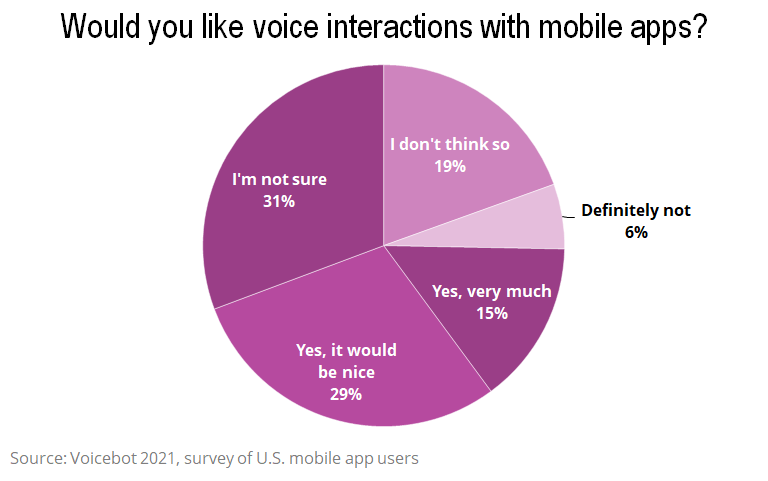Advancements in natural-language processing (NLP) technology are giving marketers greater ability to engage consumers in verbal conversations. As people listen to ad-supported audio programming such as podcasts and music, brands will have more tools to make radio-like spots more interactive.
Stas Tushinksy, co-founder and chief executive of voice marketing platform Instreamatic, describes those possibilities in this interview with Beet.TV.
“Imagine you’re listening to your favorite music app and instead of getting a 30-second traditional audio ad, you can hear something like this: ‘Hey, this is your favorite coffee shop. How would you like to skip the line in the morning and get a hot cup of coffee?’” Tushsinsky said.
From there, the listener can respond verbally with a “yes” or “no” answer to either get more information about a product or service, or to decline the offer.
“Consumer behavior has shifted to voice, and everywhere we look, we see a lot of evidence and we see how far the voice-tech adoption has gone,” Tushinsky said. “People do prefer to talk to a device when they can, and the volume of audio messages is rapidly growing.”
Voice-Enabled Advertising
Apple’s Siri, Amazon’s Alexa and Google’s Assistant have introduced millions of people to voice assistants and verbal interactions with connected devices such as mobile phones, smart speakers, smart displays and gaming consoles. Chatbots are handling more interactions with consumers, giving brands a way to enhance the customer experience. With voice-enabled advertising, marketers can create a two-way experience with audiences.
“Speaking is the most human expression, so we think there’s a lot of value that brands can create and enjoy from having verbal, spoken conversations with their potential and existing customers,” Tushinsky said.
Video Expansion Ahead
Instreamatic is in talks with other companies about expanding into the video vertical, potentially making television more interactive for viewers. The added capabilities would make it easier for marketers to create consistent brand experiences for video, as Instreamatic does with audio.
“We make it very simple for marketers,” Tushinsky said. “You can launch a voice ad campaign in a couple of days; you can launch voice feedback literally in five minutes.”















































